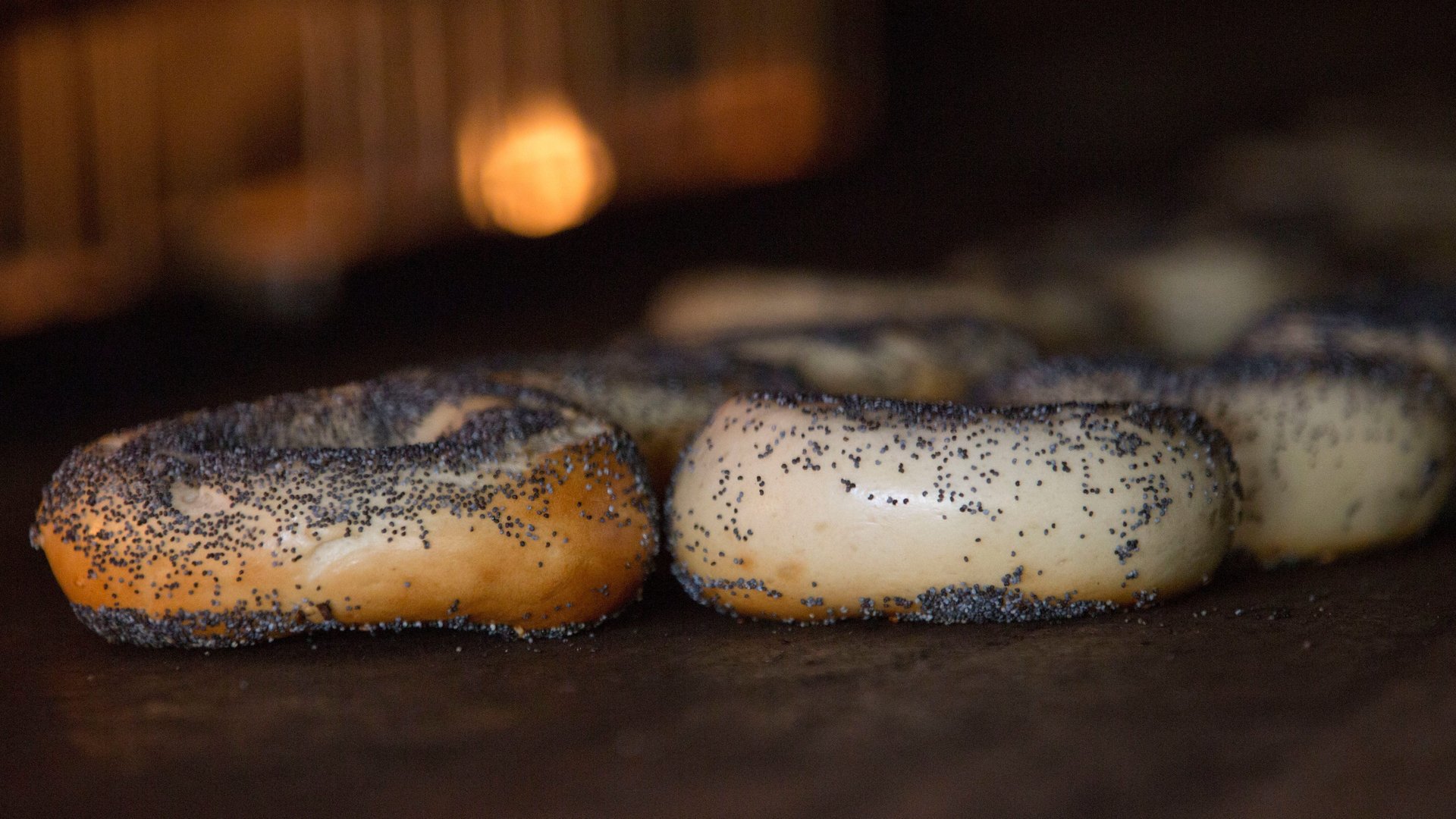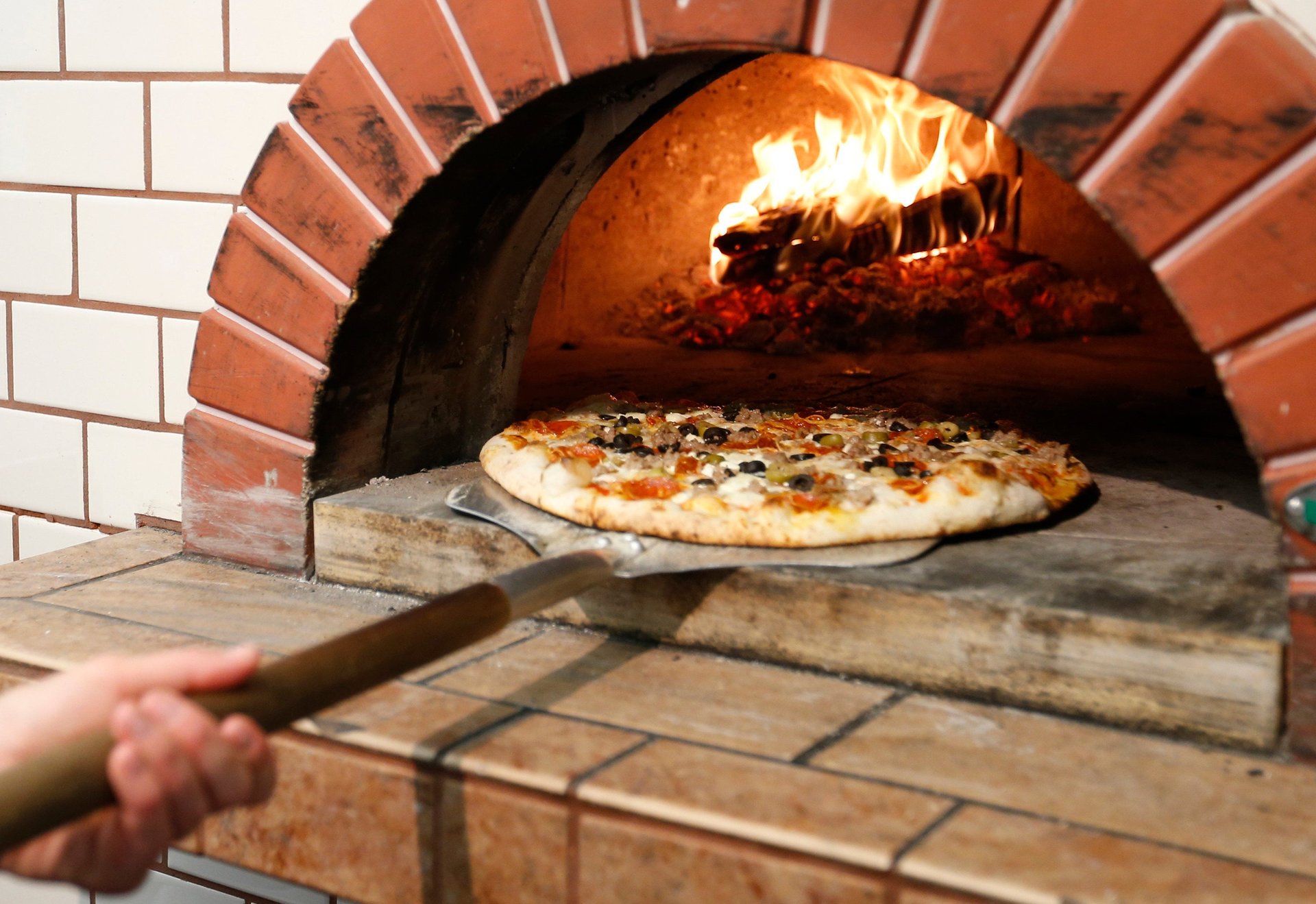Wood-burning ovens produce delicious food and dangerous air pollution
In an effort to reduce harmful wintertime smog, Montreal has set strict standards for residential wood-burning stoves and fireplaces, essentially making it illegal to burn wood within the city limits using anything other than the newest, cleanest stoves. With the ban in place, city officials have indicated that they will now focus on commercial wood-burning ovens, and grills, namely those used to produce Montreal’s famous bagels, as well as Portuguese-style piri piri chicken.


In an effort to reduce harmful wintertime smog, Montreal has set strict standards for residential wood-burning stoves and fireplaces, essentially making it illegal to burn wood within the city limits using anything other than the newest, cleanest stoves. With the ban in place, city officials have indicated that they will now focus on commercial wood-burning ovens, and grills, namely those used to produce Montreal’s famous bagels, as well as Portuguese-style piri piri chicken.
“We are aware that these are iconic for Montreal, the bagels, the Portuguese chicken,” Jean-François Parenteau, the city of Montreal’s executive committee member responsible for environmental issues told the Montreal Gazette. “We realize that people are really attached to these things.”
Montreal is not alone in the move to modernize cherished cooking traditions that also happen to be harmful to air quality.
New York City’s mayor, Bill De Blasio, proposed new regulations for wood- and coal-fired ovens in 2014, though there has been little forward movement on it since. In 2015, San Vitaliano, Italy, a small Neapolitan town, required that all wood-burning stoves and ovens, including those cooking the region’s famous pizza, reduce their emissions through the use of filters or other technology—a regulation that caused much outrage. A 2016 paper in Atmospheric Environment outlined the air pollution issues, and deforestation, caused by Brazil’s considerable appetite for wood-fired pizza.
It’s not just that wood-burning ovens contribute to carbon emissions. Wood smoke—which gives food its delicious, smokey flavor—contains very fine particulates that penetrate deep into the lungs and exacerbate respiratory conditions like asthma.
“If you live next to a home or restaurant with a wood-burning fireplace, your health is screwed,” Brian Moench, president of Utah Physicians for a Healthy Environment, told Salt Lake City Magazine. “You might as well live in Beijing.”

There’s also a layer of foodie privilege evident in the debate. “We’ve had a fundamental connection between fire and food since the beginning of time,” the renowned farm-to-table chef Alice Waters told the LA Times in 2001, when the Berkley City Council voted to restrict new wood-burning ovens and grills in restaurants. “Until we stop driving cars, I’d rather live in a world with wood-burning ovens.”
She’s not wrong. Cooking in a wood-fired oven is exciting, dynamic, and elemental. Take a bite of Texas-style brisket, eggplant bharta, or Irish cold-smoked salmon and try to argue against the power of wood smoke as a path to deliciousness.
The oven at Waters’ own California restaurant, the temple to sustainable eating Chez Panisse, was grandfathered in under that Berkeley ordinance, and makes an appearance during a lesson in cooking meat in the new Netflix show Salt, Fat, Acid, Heat. On chef David Chang’s show, Ugly Delicious, he eats with René Redzepi and the Noma chef’s family in their home in Copenhagen, which includes a hearth in the kitchen. There’s a romance to cooking over a roaring fire that is undeniable.
At the same time, the World Health Organization estimates that around the world about three billion people have no choice but to do their daily cooking on open fires using wood, dung, charcoal or other highly polluting solid fuels, often in poorly ventilated spaces. Breathing the particulates results in nearly four million premature deaths each year. In particular, close to half of pneumonia deaths among children under five worldwide are caused by soot inhaled from household air pollution.
Cigarettes have been banned in restaurants around the world, but staffers are still exposed to smoke from ovens, and many complain of respiratory symptoms. An international group of doctors and scientists has come together to warn against the carcinogenic properties of this smoke.
Banning wood-fired ovens in buzzy restaurants and cherished bagel spots won’t solve the global problem, but it seems a relatively small price to pay: a minor loss of smokey flavor and rustic charm for a few, to ensure cleaner air for all.
For their part, many of Montreal’s iconic bagel shop owners have indicated that they’re willing to make the change, saying that their bagels—which are smaller and chewier than the New York style, with a hint of wheaty sweetness, and yes, a slight whiff of smoke—will continue to be delicious.
“I’m sure we can achieve, like every bread baker, [the same result] on gas and electric,” Irwin Shlafman of Fairmount Bagel told the Montreal Gazette in 2017. “Everything is baked in gas and electric. So why would bagel be different? Why would there be a problem?”
Shlafman said he welcomed the city’s regulation of the issue—pointing out that if all the city’s bagel shops have to abide by the same rules, none would be able to boast of their wood-burning stove as a competitive advantage.
“Of course we’ve been cooperating,” he told the Gazette. “You think I want to be known as the guy who insists on continuing to pollute? I’m not that guy.”